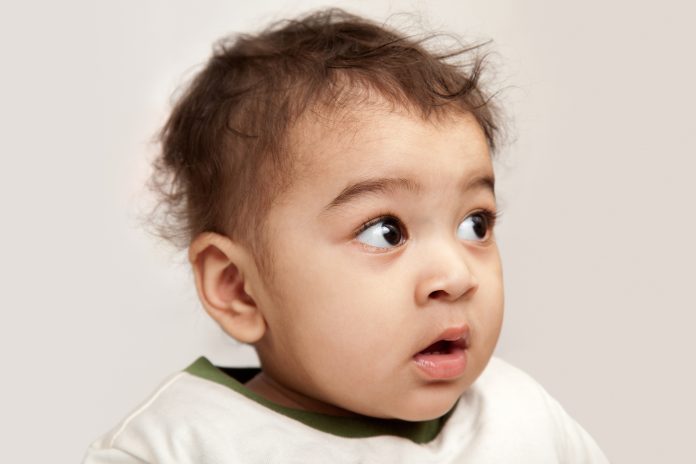In a study conducted on babies in New York, scientists found that babies contain 10 times as many microplastics as adults – raising serious questions about how exposure happens
Microplastics are tiny pieces of plastic, which exist throughout the environment, due to the erosion of larger pieces of plastic. While plastic is essentially immortal, it can be ground down into a finer dust. This dust ends up in animals, rivers, and the human body.
Professor Richard Thompson OBE, Head of the International Marine Litter Research Unit at the University and one of the study’s co-authors, said: “We know that rivers are a substantial source of microplastics in the ocean. But the information like this can help identify the key sources and pathways of microplastic and hence inform management interventions.”
How do babies end up consuming microplastics?
The team found two common types of plastic, polyethylene terephthalate (PET) and polycarbonate (PC) in the faeces of samples in both adults and babies.
The authors believe that babies using chew-toys, such as dummies or teething toys, result in a consumption of microplastics. In addition to that, babies crawl around on carpets that actually contain transferable microplastics.
What about existing ways of recycling?
Right now, there are no mass processes for successful recycling of plastics.
The plastics that can be recycled are simply re-moulded – then turned into different plastic products, but with a lessened quality. Chemical recycling can produce higher quality products, but it has required high reaction temperatures and a long processing time, making it too expensive and cumbersome for industries to adopt.
Because of these limitations, only about 9% of plastic in the US is recycled every year.
Dr Hlynur Stefansson, Associate Professor at the RU Department of Engineering and unrelated to this study, said: “We do not understand well enough the pathways for microplastic particles in our environment. Is the plastic carried by snow and rain? We need to know more about the causes.”











